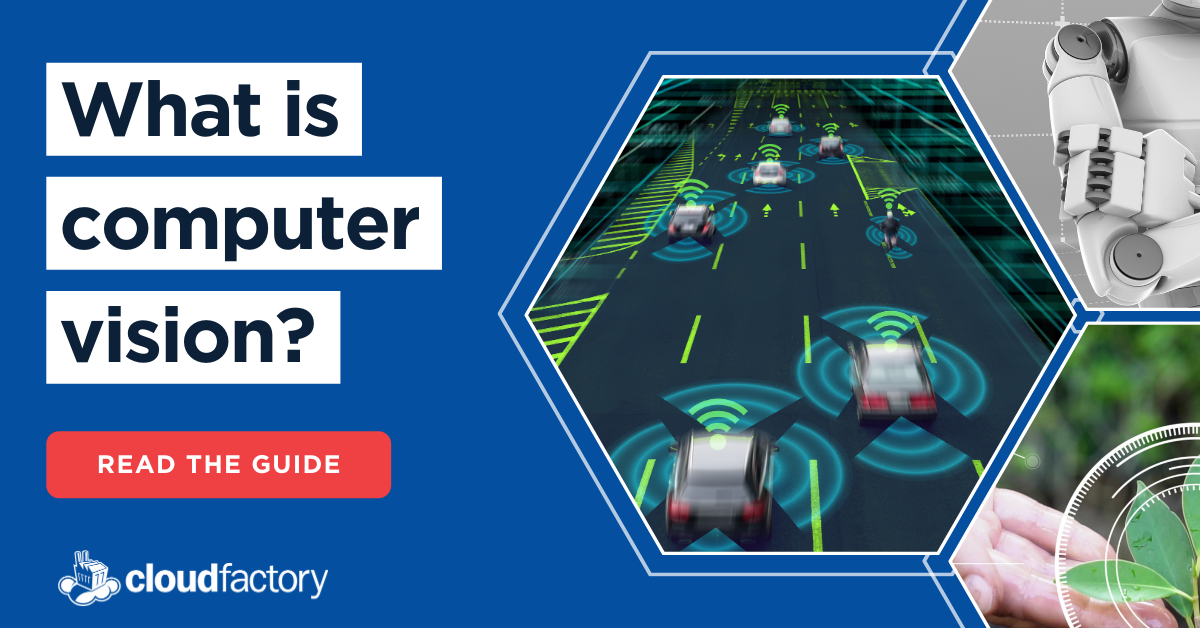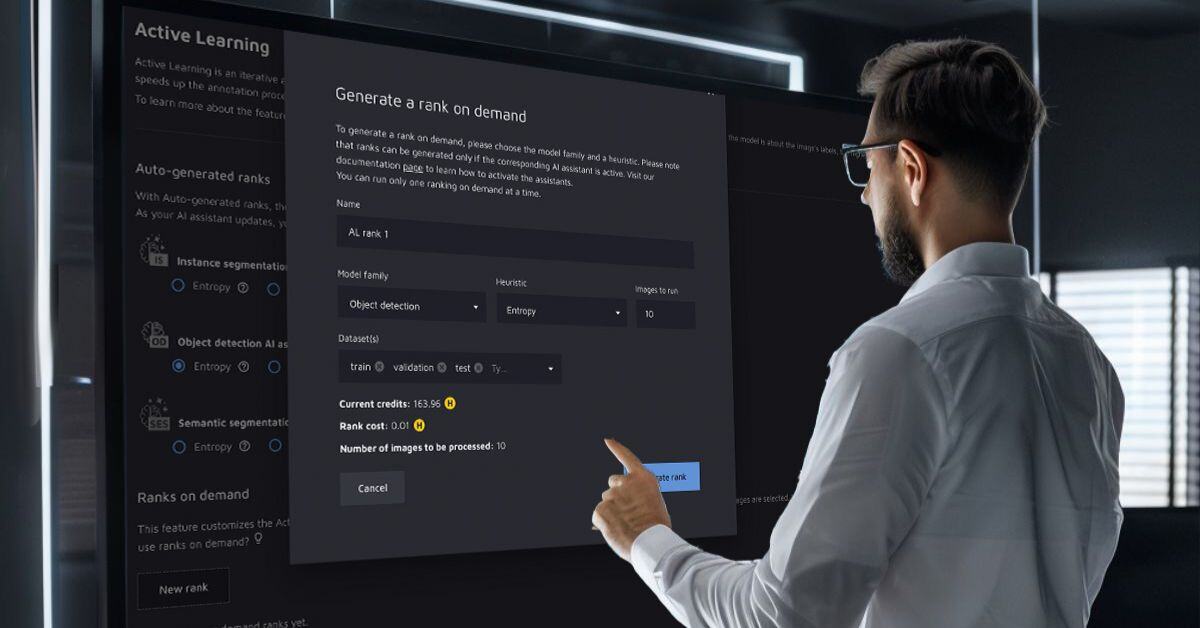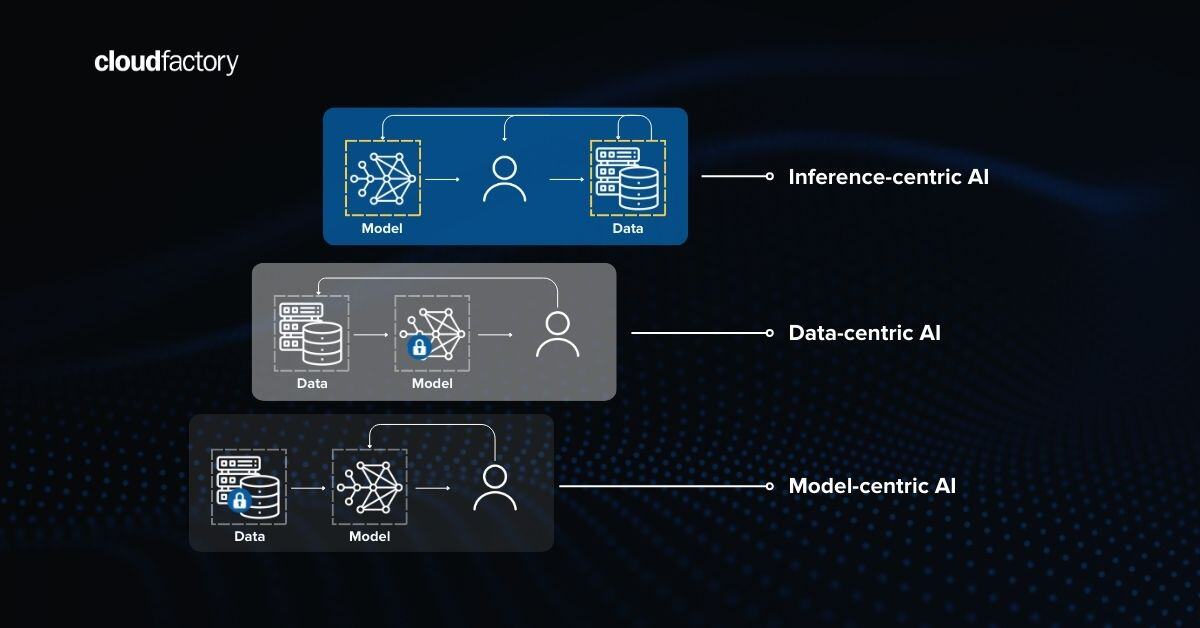
More than 59 zettabytes (ZB) of data will be created, captured, copied, and consumed in the world this year [2020], according to a new update to the Global DataSphere from International Data Corporation (IDC). Most of this data exists in visual form, such as images and videos. This vast wealth of digital information has fueled, and even necessitated, the rise of artificial intelligence. After all, only machines can make sense of such huge amounts of information.
But machine learning isn’t just about helping humans garner a better understanding of what’s happening now – it can also help predict future outcomes by extracting progression in a data set. In other words, it’s helping us see the future by giving us a better understanding of the past.
This is already happening in the stock market. Successful human investors can often predict fluctuations in the stock market by acquiring a deep understanding of how the economy works. Machines can do the same – faster, and with better accuracy.
Could the same be true of computer vision? Computer vision is a form of AI that trains machines to interpret and understand the visual world. By learning from the massive amounts of visual media available, it’s possible to train models to anticipate the future. Naturally, this has profound implications for many industries, revealing valuable insights that can help us make positive changes, from mitigating the effects of climate change to diagnosing diseases earlier.
Predicting the future with computer vision
Here are some of the most exciting ways visual data can help us predict the future:
Disease prevention
Healthcare has always relied heavily on visual data, such as CT scans and X-rays, to diagnose illness. Now, thanks to the development of computer vision, it’s possible to take a more preventative course. Machines can not only assist but exceed human capabilities in analyzing visual data to identify and track the course of a disease to empower informed healthcare decision making and drive better health outcomes.
For example, an algorithm trained to identify anomalous cells in an X-ray image can do so much faster and more accurately than a person who is reviewing the same image manually. Computer vision holds promise for research to learn more about novel diseases. We recently worked with V7 Labs to prepare an annotated chest X-ray dataset to aid in COVID-19 research.
Ocean sand erosion
Sand dunes serve as natural barriers against waves and storms, while also providing a rich habitat for local wildlife. In many regions, they’re also under constant threat, hence the need for sand dune stabilization and erosion mitigation.
NC State’s Coastal & Computational Hydraulics team developed a computer vision model called XBeach to analyze flooding and erosion during hurricanes. They leverage aerial drone footage and topography surveying data to train the models. Computer vision helps the researchers predict and reduce the future impact of major storms on local communities and sand dunes.
Climate change
Climate change has proven to be the challenge of generations. Fortunately, we’re better informed than ever thanks to the wealth of topographical data available to us. Computer vision algorithms can help us monitor everything from changing weather patterns to resource depletion to animal migration. Harnessing artificial intelligence can help us garner a better understanding of the constantly changing environment around us, making it easier for us to analyze and chart the course of events, such as forest fires and unusual weather patterns.
Food production
Agriculture is undergoing a technological revolution, spurred on by remote technology and artificial intelligence. While today’s agriculture still largely revolves around producing a single crop on a large stretch of land, computer vision software can help farmers manage a larger variety of crops more efficiently by telling them what to plant when. Machine learning can also learn from annotated images to more accurately predict crop yields and analyze the health of plants and livestock. These insights promote more sustainable farming practices, which can help regenerate the health of land and reduce the need for nitrogen-based fertilizers.
Food waste
In the United States alone, almost 40 million tons of food are discarded every year, comprising the single largest waste category in U.S. landfills. While households are the biggest source of wasted food, catering establishments typically throw away vast amounts of food with enormous environmental and economic cost. Computer vision can help run a more sustainable and efficient kitchen in places where food is served by tracking what’s left on the plate. The information captured can help accurately predict consumption, dramatically cutting waste in the process.
Deforestation
Illegal farming, building, and logging continue to place what remains of the world’s rainforests under existential threat. Using computer vision trained on satellite imagery and visual data from the ground, experts can monitor these valuable ecosystems remotely. The technology is useful to identify and analyze disturbance events and stop illegal operations before they cause irreversible damage.
Space exploration
In April 2020, computer scientist Katie Bouman rose to global fame after developing a machine learning algorithm that created the first-ever image of a black hole. Since no single telescope is powerful enough to capture a black hole, she worked with colleagues to collect raw data from a network of eight telescopes. Multiple algorithms processed the data, which was stored across hundreds of hard drives, to create an accurate image of something that cannot be photographed directly. Computer vision is being used in many areas of space exploration to assist scientists in their work to, for example, discover new galaxies and map seasonal topographic variations on the surface of Mars.
Aren’t these examples out of this world?
Augmenting human intelligence with computer vision has, and will, lead to some incredible predictions and solutions. We’re excited to see what’s next for AI and help provide innovators with quality data annotation services. If you’re new to computer vision, or want tips for choosing the right techniques or workforce for your CV project, check out our Essential Guide to Computer Vision.
Data Science Computer Vision Image Annotation AI & Machine Learning









